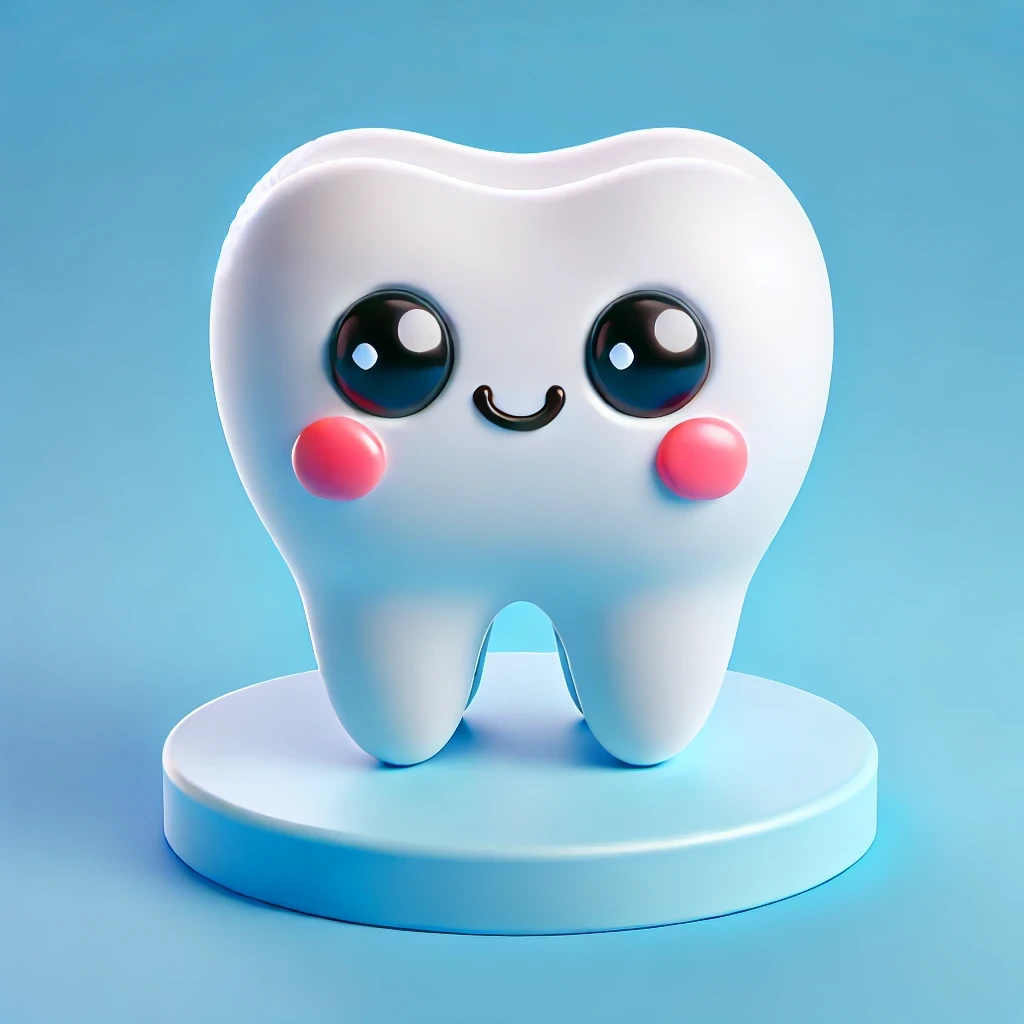Partial Denture vs. Dental Bridge - A Comprehensive Comparison
When it comes to replacing missing teeth, two common solutions are partial dentures and dental bridges. Both have their advantages and drawbacks, and the right choice largely depends on factors such as the location of the missing teeth, your budget, aesthetic preferences, and the condition of your oral health. In this blog, we'll explore both options in detail, helping you make an informed decision about which solution might be best for you.
What is a Partial Denture?
A partial denture is a removable dental appliance designed to replace one or more missing teeth. Typically made from acrylic, partial dentures can also include metal frameworks to enhance strength. These dentures are custom-fitted to fill gaps, and they are held in place with clasps that attach to existing natural teeth.
Advantages of Partial Dentures:
Ease of Cleaning: One of the key benefits of partial dentures is that they are removable. This allows for easy cleaning and maintenance, reducing the risk of plaque buildup and gum disease.
Cost-Effective: Partial dentures are often more affordable than dental bridges, making them a suitable option for those on a tighter budget.
Non-Invasive: Unlike bridges, partial dentures do not require the alteration of adjacent healthy teeth, making them a less invasive option for tooth replacement.
Disadvantages of Partial Dentures:
Longevity Concerns: Over time, partial dentures may wear down or lose their fit, especially if the bone density around the denture area decreases. This can result in a loose, uncomfortable fit.
Limited Stability: While partial dentures can restore function, they may not provide the same level of stability as fixed solutions like bridges. Chewing harder or crunchier foods can become difficult.
Aesthetic Limitations: Though partial dentures can be designed to look natural, the metal clasps or framework can sometimes be visible, which may impact the cosmetic outcome.
Speech Issues: Since partial dentures rest on the gums and cover part of the palate, some wearers experience changes in their speech, particularly when speaking quickly or loudly.
What is a Dental Bridge?
A dental bridge is a fixed appliance used to replace missing teeth. It consists of an artificial tooth (pontic) that fills the gap left by the missing tooth, and crowns (abutments) that are cemented to the adjacent healthy teeth or dental implants for support. Bridges are typically made from durable materials like porcelain, ceramic, or metal, which provide both strength and a natural appearance.
Advantages of Dental Bridges:
Durability: Dental bridges are a strong, long-lasting solution. They are more stable than partial dentures, making them a reliable choice for restoring the functionality of your teeth.
Improved Functionality: Because dental bridges are fixed in place, they offer a more natural feel and greater stability when eating or speaking compared to removable dentures.
Aesthetic Appeal: Bridges, especially those made from porcelain or ceramic, blend seamlessly with your natural teeth, providing a highly aesthetic result.
Convenience: Unlike partial dentures, which require removal for cleaning, dental bridges stay in place and only need regular brushing and flossing for upkeep.
Disadvantages of Dental Bridges:
Cost: Dental bridges tend to be more expensive than partial dentures, particularly if implants are used as anchors or if high-quality materials like porcelain are selected.
Alteration of Healthy Teeth: To place a dental bridge, the adjacent teeth (abutments) often need to be filed down to accommodate the crowns. This can weaken the supporting teeth over time and may increase the risk of future dental problems.
Cleaning Challenges: Maintaining oral hygiene around a dental bridge can be more difficult. Special tools, like floss threaders or water flossers, may be required to clean between the bridge and gums.
Potential Tooth Damage: If the abutment teeth are not in optimal condition, they may suffer damage or decay over time, especially if proper oral hygiene is not maintained.
When to Choose a Partial Denture vs. a Bridge?
Opt for a Partial Denture if:
You are working within a limited budget and need a more affordable option.
You want a non-invasive solution that does not require altering the structure of healthy adjacent teeth.
You have multiple missing teeth and are looking for a flexible, removable option.
You need a temporary solution before opting for a more permanent treatment, such as implants or a bridge.
Opt for a Dental Bridge if:
You prefer a more permanent, fixed solution with less hassle in terms of maintenance.
You have enough healthy teeth to support the bridge and are comfortable with the necessary preparations for those teeth.
You seek a more durable, aesthetic result that will closely resemble your natural teeth.
You want a stable, functional solution for chewing and speaking, especially if you have trouble with harder foods.
Conclusion
Deciding between a partial denture and a dental bridge largely depends on your unique situation. Partial dentures provide a more affordable, non-invasive solution, but they may come with limitations in terms of functionality and aesthetics. Dental bridges, on the other hand, offer a more durable, stable, and aesthetic result, but they come with a higher cost and may require altering adjacent teeth.
Ultimately, the best way to determine the right option for you is to consult with your dentist. They can evaluate your oral health and help guide you toward the most effective solution for restoring your smile and improving your quality of life.
